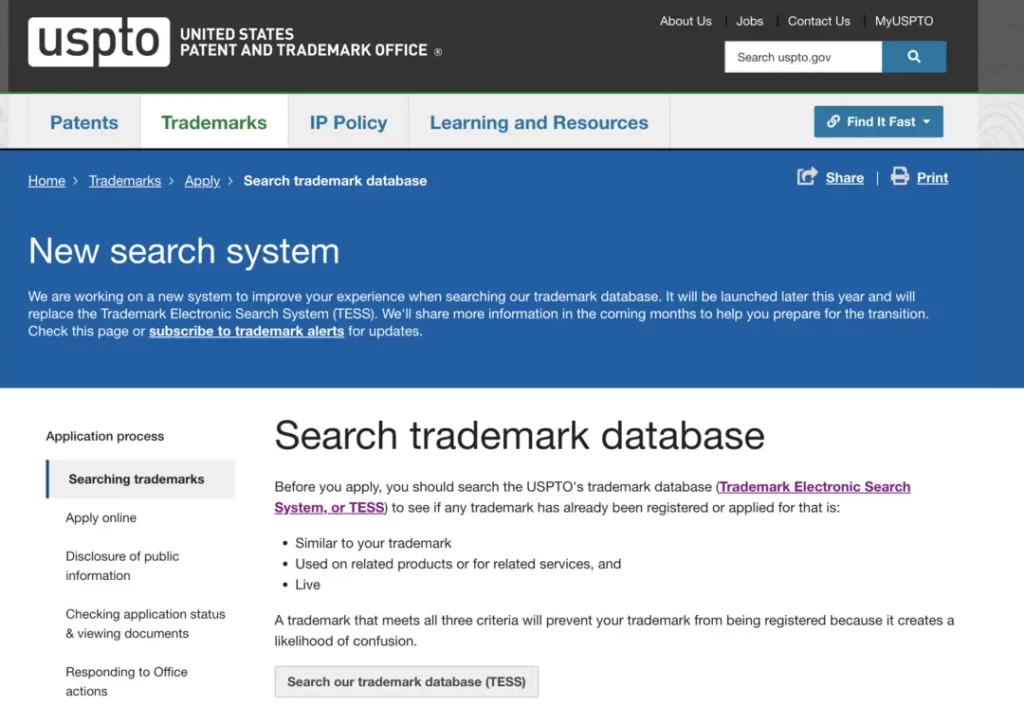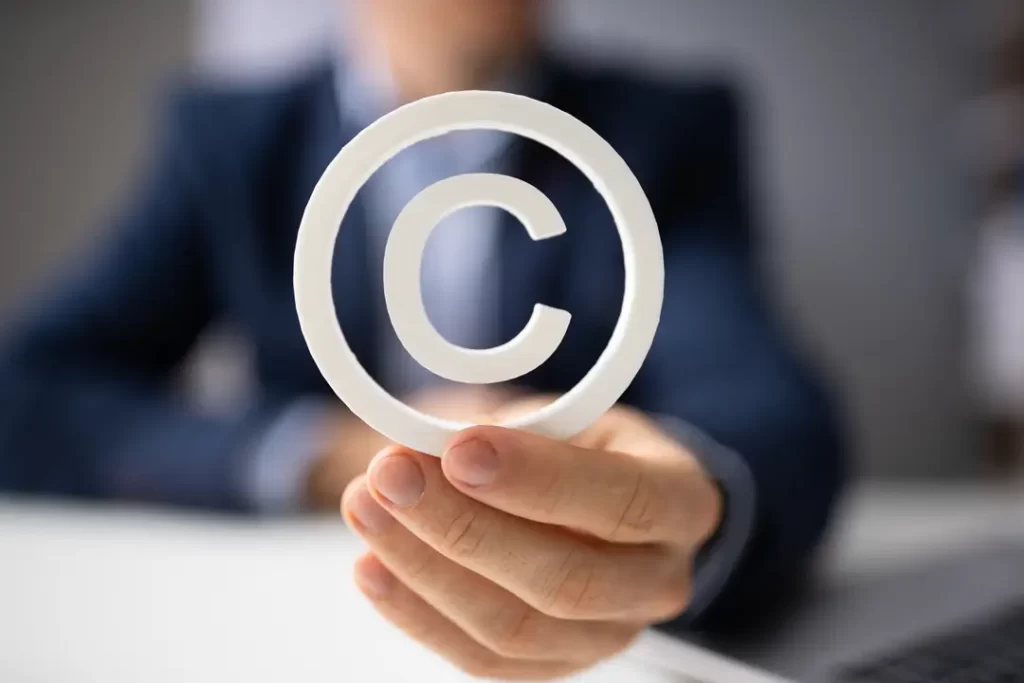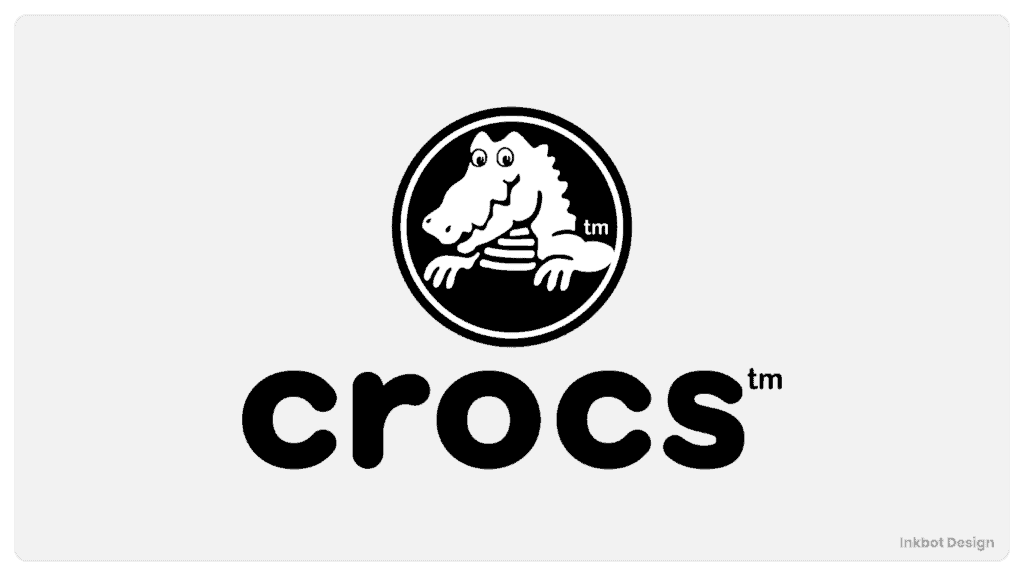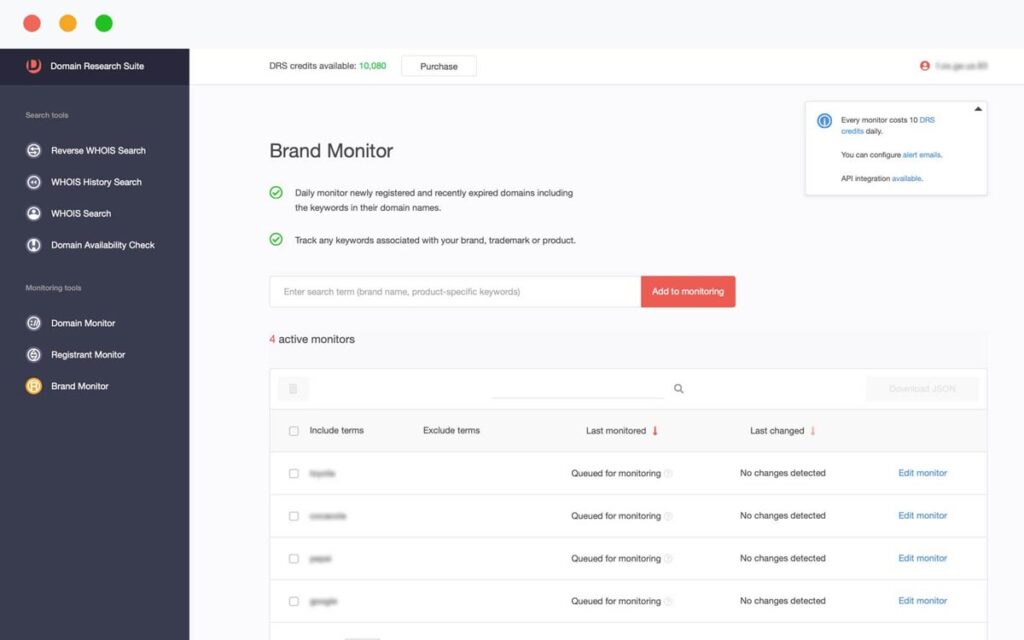Trademark vs Copyright: What's the Difference?
Intellectual property laws can be complex and confusing. Two of the most commonly mixed-up types are trademarks and copyrights. But while they sound similar and both relate to intellectual property protection, there are some critical differences between trademark vs copyright that you need to understand.
Table of Contents
What is a Trademark?

The Purpose and Definition
A trademark is a word, phrase, symbol, design or combination of these elements that identifies the source of goods or services. The primary purposes of a trademark are:
- To determine the source or origin of products and services
- To guarantee consistent quality of goods/services from that source
- To help distinguish your goods/services from competitors
- To be an asset with monetary value for the owner
For example, the bitten apple symbol is a trademark identifying a product as being from Apple. Trademarks act as unique identifiers and provide legal protection for this identity.
What Can and Can't Be Trademarked
To qualify for trademark registration, the mark must be distinctive. This means it cannot be a generic or common descriptor for the goods/services. Here are some examples:
✅ Distinctive – Can Be Trademarked
- Invented words (Lyft, Kodak, Häagen-Dazs)
- Unique slogans (Just Do It, Got Milk?)
- Original logos, symbols, and designs
❌ Not Distinctive – Cannot Be Trademarked
- Generic terms (car, book, handbag)
- Standard or descriptive terms (The Best Coffee)
- Colours or basic shapes on their own
The key is having an identifying mark that distinguishes your business in the marketplace. Purely functional, ornamental, or structural product features cannot be trademarked, but unique packaging designs often can be.
What is Copyright?

The Purpose and Definition
Copyright protects original literary, artistic, musical and dramatic works, software, databases, advertisements, maps and technical drawings. It covers both published and unpublished works.
The principal rights protected by copyright are:
- The right to copy the work
- The right to distribute copies
- The right to perform or display the work publicly
- The right to make derivative works
Copyright aims to protect original works and the intellectual effort behind them. It gives creators control over how their works are reproduced and distributed commercially.
What Can and Can't Be Copyrighted
Copyright protects how ideas and information are expressed, not the ideas or information itself. Here are some examples:
✅ Can Be Copyrighted
- Books, songs, music, plays, choreography
- Artworks – paintings, drawings, photographs
- Films, TV shows, advertisements
- Computer software and databases
❌ Cannot Be Copyrighted
- Facts, news, information
- Ideas, concepts, principles
- Processes, methods, systems
- Useful articles
- Works not fixed in a tangible form
To qualify for copyright, works need to meet three critical criteria: fixation, originality and creativity. They must be fixed in a tangible form, display a minimal spark of creativity, and not be a factual list or collection.
Critical Differences Between Trademarks and Copyrights
Now that we've defined what trademarks and copyrights are separately, let's compare some of the crucial differences between the two:
What They Protect
| Trademarks | Copyright |
| Protect names, logos, slogans – unique IDs to distinguish brands, goods, services | Protect creative works – books, art, films, music, software code |
Trademark protects branding elements that identify commercial origins. Copyright protects creative/artistic expressions.
Idea vs Expression
| Trademarks | Copyright |
| Protect an idea or concept – the brand identity tied to a product/company | Protect the expression of an idea, not the idea itself |
Trademarks cover branding ideas. Copyright covers the tangible expression of ideas.
Distinctiveness vs Originality
| Trademarks | Copyright |
| Protect distinctive words, symbols, slogans, and logos that identify a single source | Protect original works that demonstrate a spark of creativity |
Marks require distinctiveness. Works require originality.
Length of Protection
| Trademarks | Copyright |
| Last indefinitely as long as renewals are met | Limited term – Life + 70 years for individuals, 95-120 years for companies |
Trademark rights can continue perpetually. Copyright has an expiration date.
Registration
| Trademarks | Copyright |
| Registration provides legal benefits, but common law rights exist without | Registration isn't required but provides extra-legal benefits |
Registration gives trademarks more legal strength. Copyright still protects unregistered works.
Why Understanding the Difference Matters

Avoid Confusion
Knowing how trademarks and copyrights differ will help eliminate confusion when dealing with intellectual property. It enables clear communication about the specific protections that apply.
Pick the Right Protection
Understanding the unique purposes of trademarks vs copyright will ensure you select suitable protection:
- Use trademarks to establish brand identity
- Use copyright to protect artistic/creative works
Prevent Misuse of Infringement
Distinguishing between trademarks and copyrights makes it easier to detect misuse and infringement. You'll recognise if someone is:
- Using your trademarks without authorisation to falsely imply brand affiliation
- Copying or distributing your copyright-protected works without permission
When Trademarks and Copyrights Overlap

A product or creation can sometimes qualify for both trademark and copyright protection. Here are two prime examples:
1. Creative Brand Logos
Logos distinguish companies in the marketplace, making them trademark-eligible. But logos also contain graphic designs, an original creative expression qualifying for copyright.
Creative logos enjoy both trademarks for the branding and copyright for the art. For example, the iconic Nike “swoosh” logo has trademark and copyright protection.
2. Video Game and App Code
While the code achieves copyright protection, the name and “look and feel” components of apps and video games function as trademarks identifying sources. Apps and games commonly leverage both.
With technology, code fuels functionality, but visual interfaces drive branding. Trademark and copyright laws complement each other in protecting different aspects of intellectual property.
Benefits of Registering Trademarks and Copyrights
Many wonder whether legally registering trademarks and copyrights is necessary or just an extra step. Registration comes with significant enforcement advantages.
Why Register Trademarks?
- Nationwide legal protection – Common law only protects regionally; federal registration enables national rights.
- Leverage U.S. customs help – Registered marks can block infringing imports
- Stronger legal position – Allows trademark lawsuit filing and collecting damages
- Deter infringement – The registered ® symbol deters companies from copying
- Prevents registration blocks – Early registration prevents others from registering later
Why Register Copyrights?
- Public record – Official registration establishes evidence of ownership
- Legal authority – Suing over infringement requires first registering the copyright
- Statutory damages – Registered works eligible for $750 to $30k per violation
- Quick processing – Registration is typically completed within six months
While trademark and copyright apply automatically, formal registration unlocks the full potential of enforcement rights.
Trademark Use Examples

Trademarks identify commercial origins and represent companies' significant business assets and brand equity. Let's look at some examples of trademarks in action and how they distinguish brands:
Company Names
Microsoft®, Alphabet® (Google)
These trademarks identify specific tech companies and their diverse products/services in the marketplace. The ® symbol indicates registered trademark ownership.
Logos and Symbols
The Nike Swoosh®, Starbucks Mermaid®
Instantly recognisable graphical logos that connect products to Nike and Starbucks as brand sources.
Slogans
“Just Do It”® (Nike), “Think Different”® (Apple)
Catchy, unique slogans that further reinforce company/product branding.
Product Names
Coca-Cola®, iPad®, Jeep®
Serve as source identifiers for the specific products they label. Help consumers pick out trusted brands.
Sounds
Intel® jingle, Harley-Davidson® motorcycle engine sounds
Distinct noises that signal commercial origins. Harley-Davidson's engine sound communicates motorcycle power and style.
Copyright Use Examples
Copyright protects authors' original works across many creative fields. Here are some examples of copyright in practice:
Books
- J.K. Rowling's copyright protects the Harry Potter series. Her publisher has exclusive rights to print and distribute the books with her permission.
Songs
- Taylor Swift's album copyright means she controls her music's reproduction and public performances. Copying, distributing or publicly playing her songs requires licence agreements.
Films
- Disney holds the copyright on movies like Frozen, giving them control over copying, distribution, licensing, sequels and spinoffs based on these original films.
Logos
- The Coca-Cola script logo is protected by copyright in addition to trademark. Although it identifies the brand (trademark), the stylised logo design is an original creative work (copyright).
Databases
- In 2018, LinkedIn won a lawsuit under database copyright against hiQ Labs for scraping user data without permission. This prevented unauthorised copying of their database contents.
Trademark vs Copyright Infringement

Given their distinct coverages, trademark and copyright infringement also vary. But for both, slight differences alone do not excuse violations.
Trademark Infringement
Trademarks face infringement when another entity’s usage causes customer confusion, such as mistakenly linking products/services or falsely indicating endorsement or affiliation.
To assess violations, courts use standards analysis:
- Similarity of marks – Evaluation of spelling, pronunciation, appearance
- Proximity of goods/services – How closely related offerings compete
- Likelihood of customer confusion – The potential to wrongly associate origins affects rulings
Even if your logo or brand name differs slightly, it still causes violation if creating customer confusion.
Copyright Infringement
Copyright applies a strict standard – any unauthorised copying constitutes infringement unless falling under legal exemption like fair use. Even if unknowingly copied, the law deems you liable.
Infringement extends beyond verbatim copying. Making derivative works and distributing unauthorised copies are equally violations. But copyrights only cover expressions, not concepts, ideas or processes.
Mere inspiration from existing works poses no issue. But evidence of access and substantial similarity proves copying. Defending claims requires validating independent creation.
Fair Use Doctrine
Fair use constitutes permissible and non-infringing utilisation of copyrighted works to advance socially beneficial purposes like education, commentary, criticism, news reporting and research.
Companies still wrongly and inappropriately claim fair use to excuse infringement. Proper analysis balances four factors:
- Purpose – Favouring non-commercial, educational, commentary usage
- Nature – More protection for creative than factual works
- Amount – Small percentages typically qualify as fair use
- Effect – Judges market harm from copying against public benefits
While no definitive rules exist, these criteria evaluate appropriate fair use. Copyrighted works must meaningfully contribute value that benefits the public good.
Securing Protection: Key Takeaways
Trademark and copyright protection requires proactively securing rights rather than waiting for infringement. Several overarching principles apply:
- Seek trademarks and copyrights early – First filers gain priority
- Only approving proper usage preserves rights – Quality control matters
- Generic terms risk losing protection – Overuse makes marks ineligible
- Registration proves ownership in lawsuits – Don't expect rights without it
- Fair use requires balancing criteria – Carefully apply defence
- Infringement relies on similarity and confusion – Unapproved usage still violates
Gaining the necessary knowledge reduces intellectual property risks. Seeking qualified legal counsel also helps appropriately protect creative works and brands from misuse.
Conclusion
Understanding the differences between trademarks and copyrights enables properly leveraging their intellectual property protections. Despite some overlap with creative branding, trademarks indicate commercial sources, while copyrights cover original expression.
Registration unlocks the full potential of enforcement rights. With sound trademarks and copyrights, companies can more confidently market products and services and distribute creative works without worrying about brand identity confusion or unauthorised use.
Trademark vs Copyright: FAQs
Do you still have some questions about trademarks and copyright? Here are answers to frequent points of confusion:
Can a product name be protected under both trademark and copyright?
Yes, sometimes trademarks can function as copyrighted creative works, like logo designs that uniquely identify a brand while being artistic originals. Rights overlap.
Do I need to register my trademark and copyright?
Registration provides significant legal advantages but isn't strictly required. You can assert common law rights without trademark registration, while copyright exists automatically upon creation.
What's the duration of trademark vs copyright protection?
Trademarks can be renewed perpetually. Copyright lasts for the life of the creator plus 70 years. For companies, copyright terms can range from 95-120 years.
Is a recipe protected by copyright or trademark?
Copyright because recipes consist of a creative literary format for preparing dishes. Recipes lend themselves more to copyright unless the name is highly unique.
Can I use song lyrics in my book without permission?
No, song lyrics are protected by copyright and require licensing permission for reproduction in books. However, minor exceptions exist for commentary/criticism examples under fair use.
